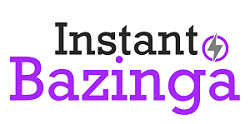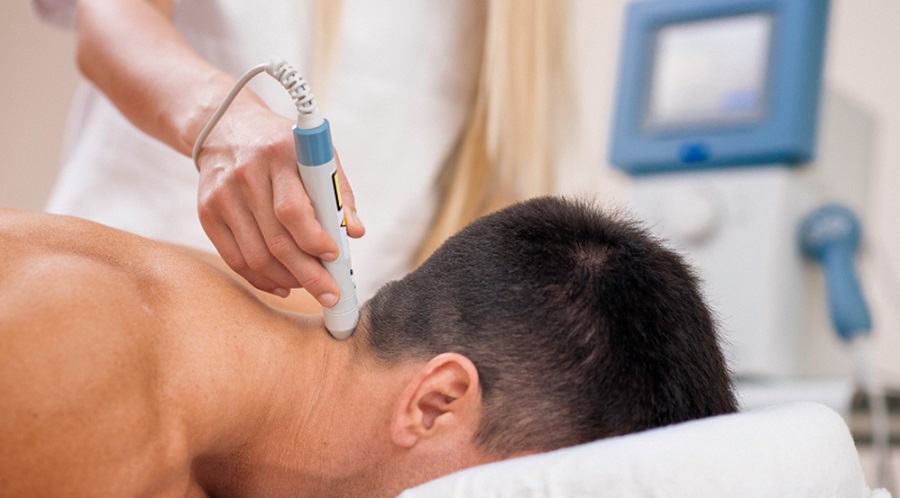Managing pain and promoting healing often require innovative approaches tailored to individual needs. If you are considering low-level laser therapy in Davie as a treatment option, you may be wondering what happens during a session and how it helps manage pain or improve healing. This non-invasive therapy uses light energy to promote cellular repair, reduce inflammation, and alleviate pain. Its versatility and effectiveness have made it a popular choice for patients seeking alternatives to conventional treatments.
What is Low-Level Laser Therapy?
Low-level laser therapy (LLLT), also known as cold laser therapy, is a medical treatment that uses low-intensity lasers or light-emitting diodes to stimulate healing and reduce pain. Unlike surgical or high-powered lasers, LLLT doesn’t heat or burn tissues. Instead, it works on a cellular level to enhance blood circulation, promote tissue repair, and minimize inflammation.
This therapy is frequently used for conditions such as arthritis, back pain, muscle strains, and post-surgical recovery. Its ability to accelerate the body’s natural healing process has earned it a place in both physical therapy and pain management practices.
Preparing for a Session
Before undergoing LLLT, a medical professional will assess your condition and recommend a tailored treatment plan. This step is important to ensure the laser therapy targets the right areas and delivers maximum benefits. You don’t need to make special preparations for your session, as the treatment is non-invasive and does not involve incisions or anesthesia.
During the consultation, the provider may explain how low-level laser therapy has shown potential benefits for certain conditions and how low-level laser therapy may reduce the incidence of Postherpetic Neuralgia in some patients.
What to Expect During the Procedure
The Therapy Process
A session typically lasts between 10 and 30 minutes, depending on the area being treated and the severity of the condition. You will be seated or lying down comfortably while the practitioner applies the laser device to the targeted areas. The device emits painless light energy, which penetrates the skin and interacts with tissues to promote healing.
You won’t feel any discomfort during the procedure. At most, some patients report a slight warmth or tingling sensation as the laser stimulates the tissue. Since there are no invasive techniques involved, you can relax throughout the session.
Post-Treatment Guidelines
After the session, most individuals can resume their daily activities immediately. There is no downtime required, making it a convenient option for people seeking effective yet low-maintenance treatments. However, your practitioner may recommend multiple sessions for optimal results, as benefits often build over time.
Patients curious about the overall effectiveness of LLLT may benefit from understanding its broader applications. For example, studies highlight the effectiveness of low-level laser therapy for pain management across various chronic and acute conditions.
Benefits of Low-Level Laser Therapy
Low-level laser therapy offers numerous benefits, particularly for those experiencing musculoskeletal pain or inflammation. Some of the most notable advantages include the following:
- Non-invasive treatment without the need for surgeries or injections.
- Accelerated healing of soft tissues by stimulating cellular regeneration.
- Pain relief through the reduction of inflammation and restoration of normal function.
- Convenience with no significant downtime after each session.
This therapy is also compatible with other treatments, allowing it to enhance the results of physical therapy, chiropractic care, or other specialized services.
Is Low-Level Laser Therapy Right for You?
Determining if LLLT is the right fit for your condition requires a professional evaluation. A healthcare provider can assess your symptoms, medical history, and recovery goals to decide if laser therapy could offer the desired results.
Whether you are dealing with chronic pain or a new injury, LLLT provides an effective and low-risk method to support the healing process. With its proven track record in reducing inflammation and promoting tissue repair, this therapy remains an excellent option for many patients.
Conclusion
Low-level laser therapy provides an innovative and practical approach to managing pain and enhancing recovery. By delivering light energy directly to targeted areas, it accelerates healing while keeping the procedure comfortable and non-invasive. Consulting with a professional ensures a thorough evaluation and personalized treatment plan tailored to your unique needs.
Whether you are exploring LLLT for injury recovery or chronic pain, understanding what to expect can help you make an informed decision. With professional guidance, this advanced therapy can help restore your quality of life safely and effectively.




